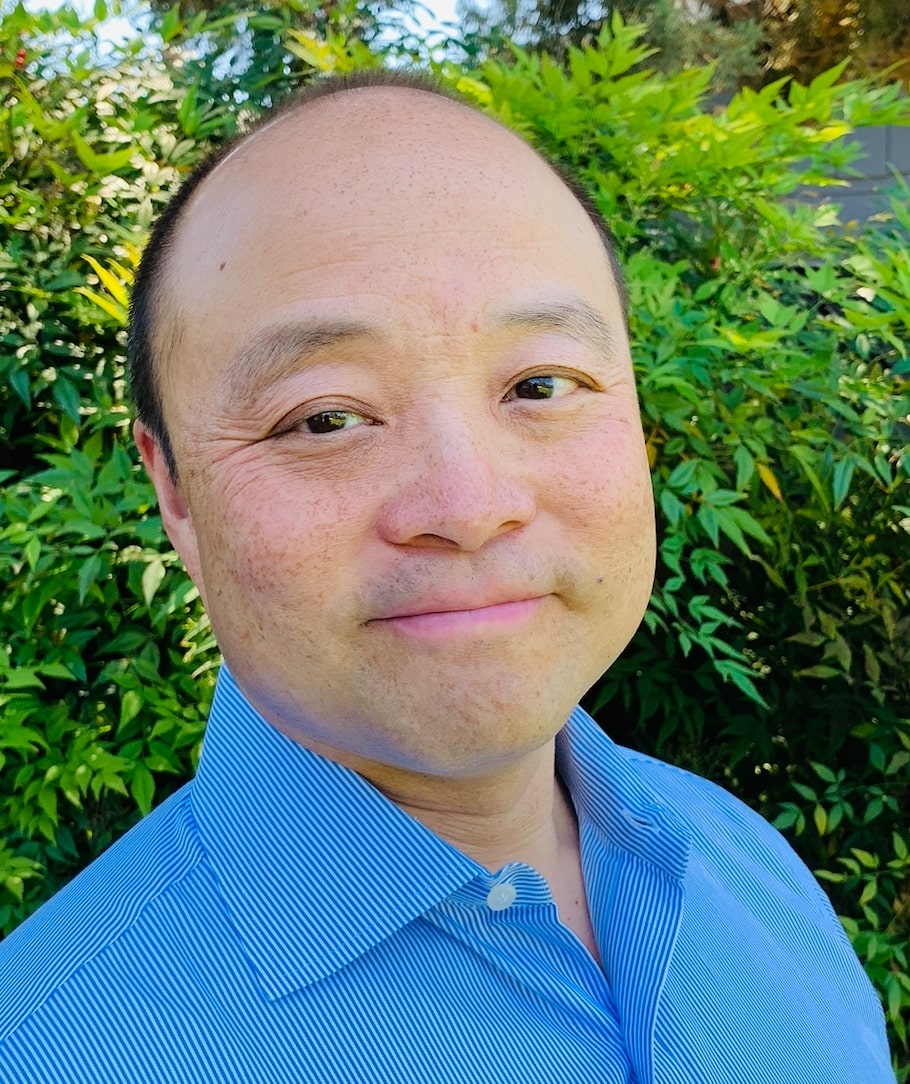Interview of a Chinese researcher behind the detection of a weak signal indicating a Meissner effect in near-room-temperature superconductors described the differences in their work.
UPDATE from the Original Korean Team: New Article with highlights of what was said by Sukbae Lee on Jan 9, 2024.
The China researcher was interviewed by two people involved with managing Arxiv.org.
With copper-substituted lead apatite below room temperature, [china researchers] observe diamagnetic dc magnetization under magnetic field of 25 Oe with remarkable bifurcation between zero-field-cooling and field-cooling measurements, and under 200 Oe it changes to be paramagnetism. A glassy memory effect is found during cooling. Typical hysteresis loops for superconductors are detected below 250 K, along with an asymmetry between forward and backward sweep of magnetic field. The experiment suggests at room temperature the Meissner effect is possibly present in this material.
The China researchers started with LK99 materials.
They added the use of a hydrothermal treatment, which was not reported by the Koreans.
They modified the formula using Sulfur to fix the problem of random positioning of copper.
The correct placement of Sulfur ensures the more correct positioning of copper in the copper substituted lead apatite.
LK99 has two circles, outer and inner.
Copper should be substituted on the outer circle.
In the China researcher’s opinion, the copper should be substituted on the inner circle.
LK99 had random copper substitution which would result in less predictable superconducting effects.
His South China group also did the microwave absorption effect which also supports the conclusion of some superconductivity.
The material is in the powder phase and the percentage of active material is low.
The transition is between 250k (-23 celsius) and 300k (27 celsius).
There are ten LK99 research groups in China communicating on social media. They share information and he is waiting for some of the other nine groups to replicate.
They hope to a result in one or two months will show a consistent drop in resistance.
There are continuing to work to get the full proof of the resistance drop. They are seeing some very low resistance readings and sometimes very high readings. They have to make better materials.
China Experiment Arxiv Papers LK99
The arxiv paper with copper-substituted lead apatite below room temperature that suggests at room temperature the Meissner effect is possibly present in this material.
Chinese universities and research labs have published experimental evidence in support of LK99 as a room temperature superconductor (microwave absorption). The amount of superconducting material that is made in pile of LK99 powder is small. The LK99 needs to have precisely located copper and phosphorous. This leaves one dimensional molecular chains of superconducting material. All previous superconductors have been found to absorb microwaves. It is the nature of superconducting material that they exclude magnetic fields and thus the electronic and magnetic behavior is observed based on interaction with microwaves.
Original Korean Team APS Presentation Planned in Two Months – Also Added Sulfur to the Formula
We synthesized materials, Pb10-xCux(P(O1-ySy)4)6O1-zSz (PCPOSOS), called PCPOSOS, which exhibit superconducting behavior at room temperature and atmospheric pressure. These materials displayed characteristics of a superconductor, including zero resistance, the Meissner effect, and partial levitation when placed on a magnet (arXiv: 2307.12037). The partial levitation is caused by an inhomogeneity in the magnetic field of the magnet and occurred within the range of critical magnetic fields, Hc1 and Hc2. That is, the magnetic field of the magnet increased with going from center to the edge of magnet. The magnet had approximately 2000G at the center and approximately 3,000G at its edge. The levitation occurred near center. This indicates the center of the magnet is close to Hc1. It disappeared between center and the edge near Hc2, with Hc1 being much smaller than Hc2, because the magnetic moment at Hc2 is much smaller than that at Hc1. When the magnet is slightly moved, the levitation returns to its original position. This phenomenon is analyzed as flux pinning, which is typical of a type-II superconductor. Moreover, the quantum-locking phenomenon, characteristic of a Type-I superconductor, may appear. However, we interpret PCPOSOS as a Type-II superconductor. We will show two videos of levitations and two videos of magnets.

Brian Wang is a Futurist Thought Leader and a popular Science blogger with 1 million readers per month. His blog Nextbigfuture.com is ranked #1 Science News Blog. It covers many disruptive technology and trends including Space, Robotics, Artificial Intelligence, Medicine, Anti-aging Biotechnology, and Nanotechnology.
Known for identifying cutting edge technologies, he is currently a Co-Founder of a startup and fundraiser for high potential early-stage companies. He is the Head of Research for Allocations for deep technology investments and an Angel Investor at Space Angels.
A frequent speaker at corporations, he has been a TEDx speaker, a Singularity University speaker and guest at numerous interviews for radio and podcasts. He is open to public speaking and advising engagements.
>>> Read full article>>>
Copyright for syndicated content belongs to the linked Source : Next Big Future – https://www.nextbigfuture.com/2024/01/what-is-happening-in-china-with-experiments-consistent-with-lk99-as-a-room-temperature-superconductor.html































